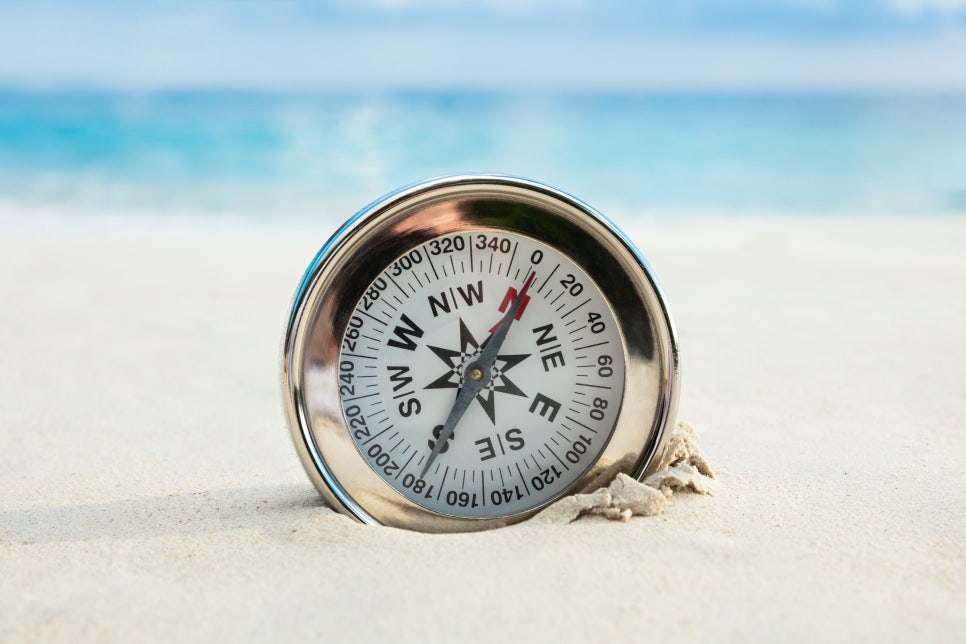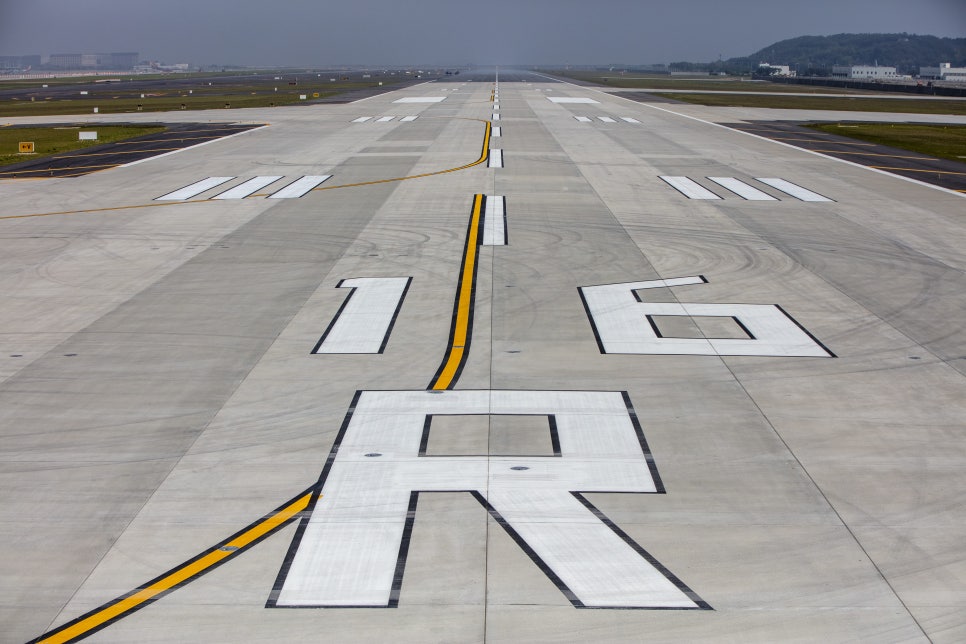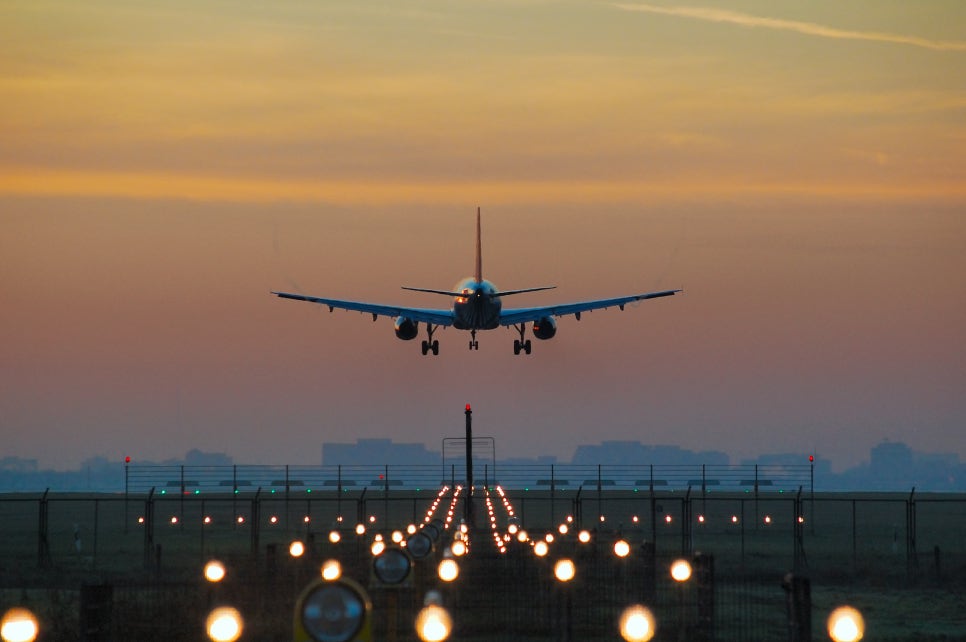- hits 50
- 등록일 2024.10.17
If you travel frequently, you might have noticed the numbers on the runway at least once.
Today, we would like to let you know about the secret behind the runway numbers!
Runway number is one of the most important elements, that aid an aircraft's takeoff and landing.
It represents the runway’s magnetic heading divided by ten, helping pilots to easily identify directions.

On a compass, 360 degrees corresponds to north (36), 180 degrees corresponds to south (18), east is represented by 90 degrees (09), and west by 270 degrees (27).
This means there are no runway numbers higher than 36. 😊

The letters L and R next to the runway numbers indicate left (Left) and right (Right), which are used to differentiate parallel runways.
For example, if you see 33L, it means the runway is oriented at 330 degrees, or northwest (↖️), and it is the runway on the left side as the aircraft is proceeding.
Conversely, 33R indicates the runway on the right.
This system allows pilots to easily understand the runway direction when taking off and landing.
Runway numbers also play a crucial role in selecting runways based on wind conditions.

Aircraft take off and land more stably when facing directly into the wind, so pilots use runway numbers to assess wind direction and runway positioning.
Understanding the magnetic heading and runway numbers gives you a clearer idea of the aircraft's movement direction and helps you track aircraft activity.